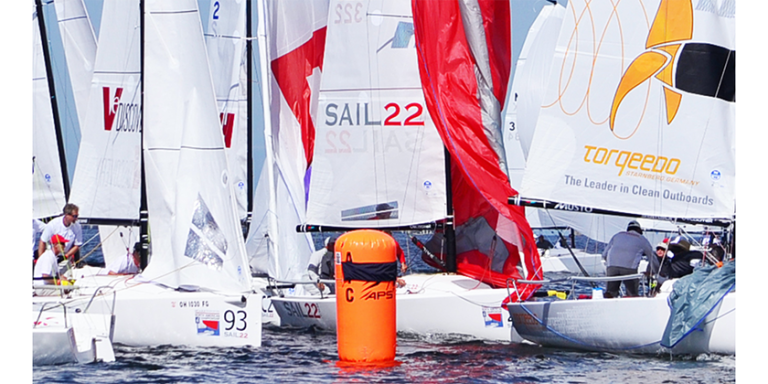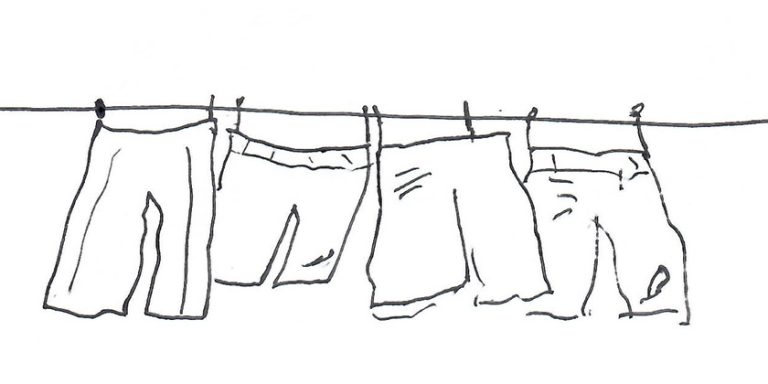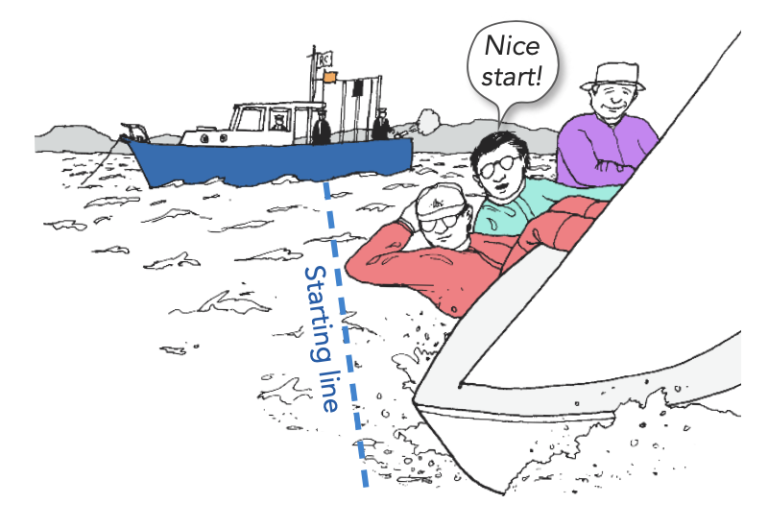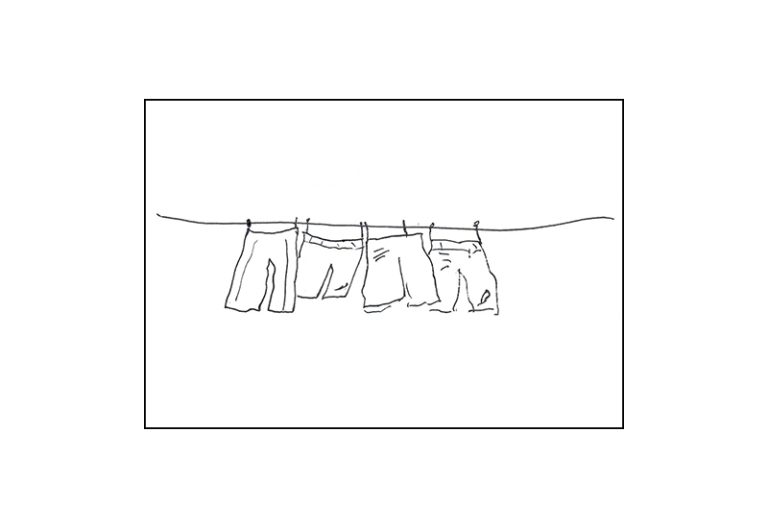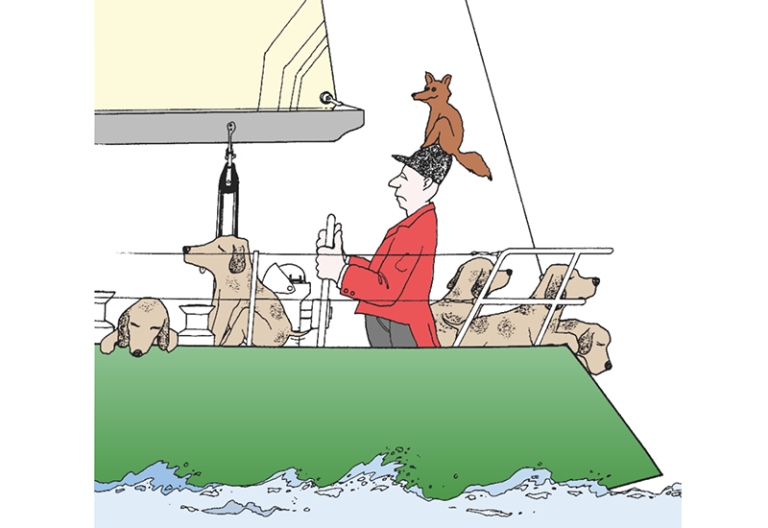Speed & Smarts: Tips for the Windward Mark
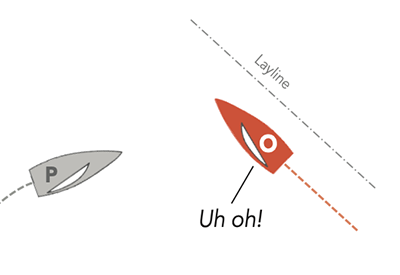
November 2, 2022
You can tack to leeward of P, right in front of her, or by doing a ‘slam dunk’ just after she ducks behind you.
Except for the starting line, the windward mark is usually the most congested part of the course. It’s the first point in the race where all the boats come together again, and for this reason it presents many potential pitfalls. Fouling another boat, hitting the mark, over-standing, under-standing, making strategic and tactical mistakes – there are many ways to lose distance and time, or to take advantage of other boats’ errors. The key is managing the amount of risk you take; since the first windward mark comes early in the race, it’s usually not a good idea to take too many chances there.
My basic gameplan includes three goals for rounding the windward mark: 1) Do it quickly (speed is obviously important when racing); 2) Do it cleanly (no fouls or hitting the mark); and 3) Exit the rounding in a position to implement my next-leg strategy. If I can accomplish all three objectives, then I’ve had a successful rounding.
Beware of port tackers passing close astern near the layline.
When approaching the windward mark on starboard tack close to the layline, watch out for boats on port tack that duck (or pass close astern of) you. Those boats will almost certainly end up tacking on your windward hip – they will then be on starboard tack and will likely prevent you from tacking. If you’re fetching the mark, those boats don’t bother you. But if you aren’t fetching, or if you’re not sure, they could be a major problem.
Whenever you’re in this position and you see an ‘incoming’ port tacker (P), consider tacking to port (while you still have the chance) so you don’t get trapped.
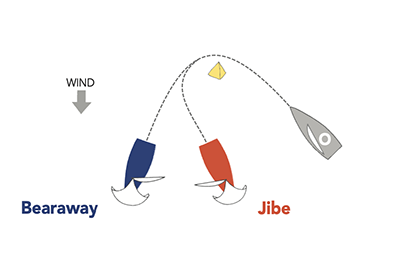 Bearaway or Jibe?
Bearaway or Jibe?
When you’re rounding the windward mark and heading onto a run, you have two basic options. You can bear away and stay on starboard tack, or jibe and sail on port tack. This decision depends on your assessment of several strategic, tactical and boathandling factors.
Strategy should probably be the most important element in your decision. If there were no other boats around, which way would you go? For example, you would almost certainly do a bearaway set when starboard is the longer jibe on the run, and you would likely choose a jibe set if you could fetch the leeward mark on port tack.
Tactics (i.e. everything involving other boats) are also important to consider. A jibe set is often the best way to get clear air on the run, especially if there is a pack of boats right there is a pack of boats just behind you. It also gives you the starboard-tack advantage later in the run and sets you up to be inside at the leeward mark. However, you have to be careful when jibing because going onto port tack means you lose your rights to every boat still sailing upwind.
Boathandling is a third consideration. A jibe set is definitely tougher than a bearaway set, so when you are sailing with a pick-up crew or any crew who hasn’t practiced this maneuver much, think twice before trying it in a critical spot.
The bottom line is that tactics often favor a jibe set, while boathandling favors a bearaway. So pay a lot of attention to what’s correct strategically. If you’re at all in doubt, go for the safer bearaway – you can always jibe soon after that if necessary.
Bearaway
A Bearaway may be smart when:
- you prefer the right side of the run (looking downwind)
- starboard jibe is longer
- the wind is light (when doing a jibe set would be very costly)
- there aren’t any/many boats behind you
- you approach the windward mark on port tack or going slowly;
- you’re not sure which option to choose (default = bearaway)
- your crew is inexperienced
- a lot of boats are still beating to the windward mark.
A Bearaway is not great when:
- you can fetch the leeward mark on port jibe;
- the left side of the run (looking downwind) is very favored.
- a group of boats right behind you would take your wind or force you to sail high if you stay on starboard jibe.
Jibe
A Jibe may be a good idea when:
- you strongly prefer the left side of the run (looking downwind)
- you can fetch the leeward mark on port jibe
- there is a pack of boats right behind you and you can get clear air by jibing
- you are rounding an offset mark and you can set your chute before you get to that mark
- you aren’t using a spinnaker.
A Jibe is not a great idea when:
- the wind is light (in which case doing a jibe set is very costly)
- you approach the windward mark on port tack or going slowly.
- your crew is inexperienced
- you like the right side of the run (looking downwind)
- starboard jibe is longer.
- there are still a lot of boats coming upwind to the windward mark (all would have right of way).
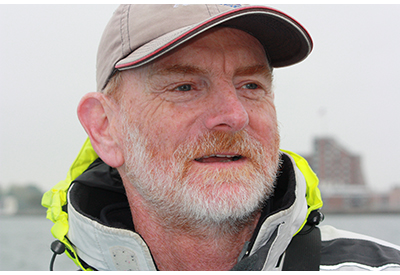 Dave Dellenbaugh is the publisher, editor and author of Speed & Smarts, the racing newsletter. He was the tactician and starting helmsman on America3 during her successful defense of the America’s Cup in 1992 and sailed in three other America’s Cup campaigns from 1986 to 2007. David is also two-time winner of the Canada’s Cup, a Lightning world champion, two-time Congressional Cup winner, seven-time Thistle national champion, three-time Prince of Wales U.S. match racing champion and past winner of the U.S. Team Racing Championship for the Hinman Trophy. He is currently a member of the US Sailing Racing Rules Committee (and was its chairman from 2005-2008).
Dave Dellenbaugh is the publisher, editor and author of Speed & Smarts, the racing newsletter. He was the tactician and starting helmsman on America3 during her successful defense of the America’s Cup in 1992 and sailed in three other America’s Cup campaigns from 1986 to 2007. David is also two-time winner of the Canada’s Cup, a Lightning world champion, two-time Congressional Cup winner, seven-time Thistle national champion, three-time Prince of Wales U.S. match racing champion and past winner of the U.S. Team Racing Championship for the Hinman Trophy. He is currently a member of the US Sailing Racing Rules Committee (and was its chairman from 2005-2008).
You can subscribe to the Speed & Smarts newsletter HERE.

